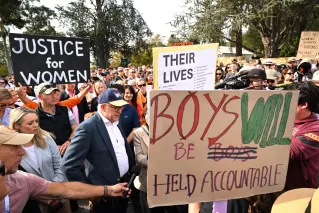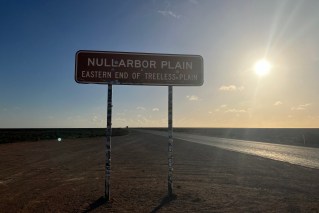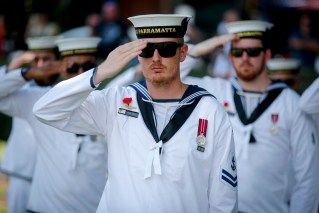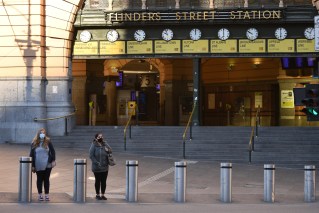Do these troopers look like they should be cleaning up after floods? Well, let them do their job
Our troops should be battle-ready, not diverted to cleaning up after floods and fires, writes David Fagan

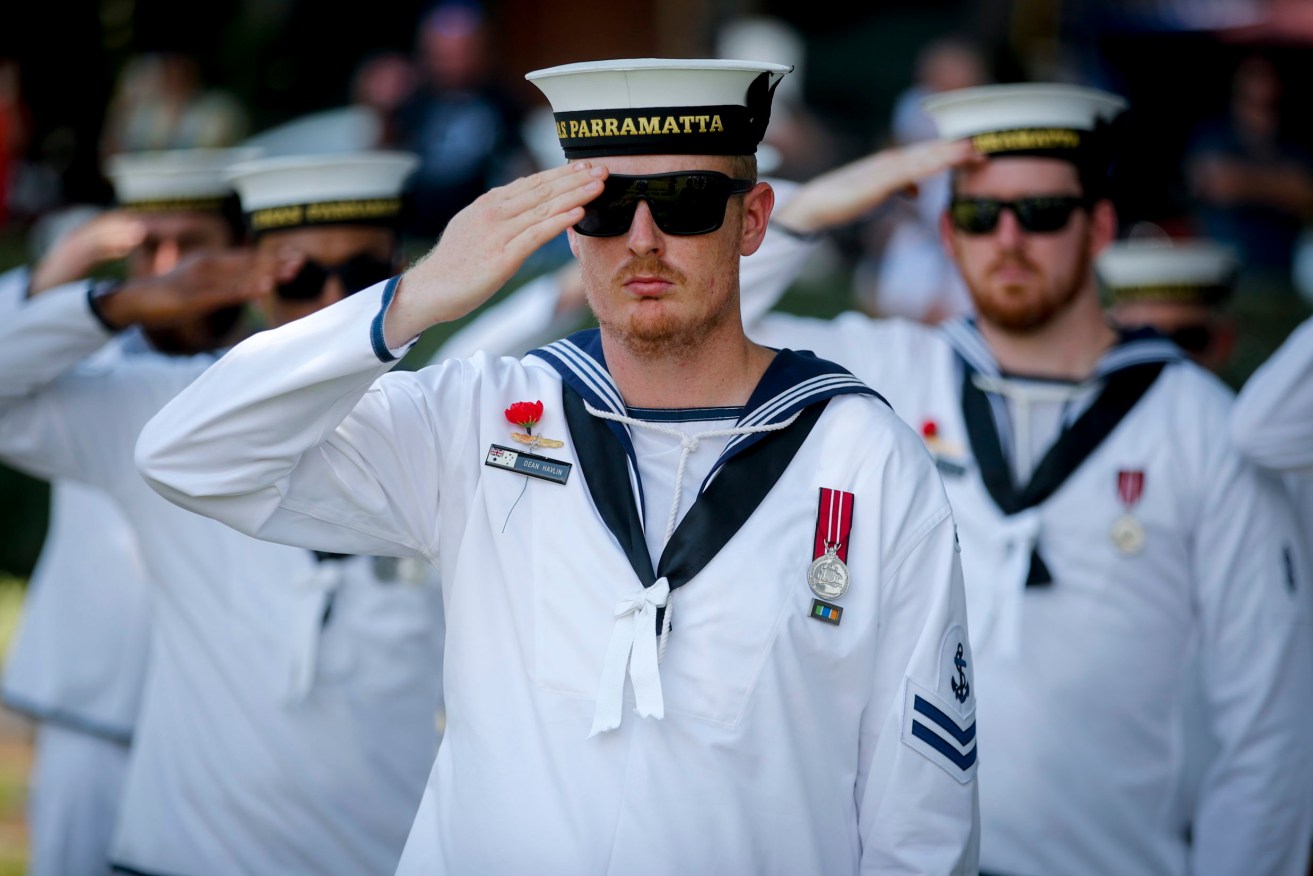
A military unit just for negotiating our many disasters deserves some attention. (Photo: EPA/DIEGO AZUBEL)
Anzac Day 2024 will see Australia’s military out in their finest, presenting themselves as a fighting force we can be proud of and, hopefully, rely on in the military crisis more and more analysts are seeing as inevitable over the next decade or so.
This year, their appearance will be complemented by a renewed defence strategy with extra billions going into the equipment our troops need to fight the battles of the second quarter of the 21st Century.
And that’s as it should be – military forces around the world are alert to what is happening in the Middle East and Eastern Europe as well as the ongoing tug-of-war in the southern Pacific which is increasingly a Chinese zone of influence.
While the chess pieces align for supremacy in the second half of the century – will the winner be the United States, China or India – our own military needs some important reforms to have it battle-ready.
Despite the reassurance of their presence on Anzac Day, we could do with seeing a little less of the khaki-clad troops, particularly doing the work which rightly belongs to civilians.
While it might be handy to have access to army support and equipment during serious natural disasters, we need to reduce our reliance on a force which is created to do battle, not deliver bottles of water.
The over-reliance on the military to reinstate order after floods, cyclones and fires is the result of inadequate planning and resourcing. We know there will be more natural disasters due to climate change, we keep building houses on flood plains or forest fringes and we do too little to either limit the damage or prepare for the inevitable.
This is where the military comes too often into play. It shouldn’t. The armed forces exist to defend us against external enemies or to support the defence interests of Australia and its allies around the world.
If they are to be the primary responder to natural disasters, they need different training, different equipment and quite different personnel.
The good news is the federal government through the persuasion of the Queensland-based Emergency Management Minister, Senator Murray Watt, has slowly, but surely, begun the process of freeing the army from this burden. It has invested some seed funding in Disaster Relief Australia, a volunteer organisation principally of retired military personnel with the skills to help out in disaster relief.
Too slowly, but at the usual pace, a government inquiry is working through the issues involved in creating a national crisis response agency. It, in effect, would add both people and equipment to natural disaster relief without state governments having to cry out immediately for military support in floods and other disasters.
It will also resolve problems created in the chains of command when local, state and federal civilian authorities and the military all end up working out who’s doing what in a climate emergency.
This, hopefully, will be an initiative in place before the Albanese Government completes this term.
The other very practical action (and I believe we need to give more credit to small actions that can make a big difference) is the funding this week of 260 projects in Queensland that will improve weather forecasting.
They include more rainfall and river height gauges, flood cameras and sensors and better data communication to detect and then warn of looming disasters.
I suspect there will be more to come as we grasp the reality that climate change means areas occasionally subject to natural disaster now are regular victims.
Three levels of government got on the front foot five years ago to build levee banks around Roma, relieving that south-west Queensland town of frequent flooding from the Maranoa River. The cost of the levee banks was repaid many times in reduced disaster relief costs. Similar investment will achieve the same for Bundaberg. South-western Brisbane and Ipswich need some help too.
The warning systems announced yesterday are in a different category – they won’t stop flood water rising or cyclonic winds blowing but they will give citizens more opportunity to get themselves and their belongings to safe ground. Who knows? It might even cut their insurance costs (and that would really justify some credit).
These are examples of getting ahead of the problem, not diverting the military from its purpose. This Anzac Day, let’s salute such Aussie pragmatism – along with those who serve to preserve the way of life we value.


